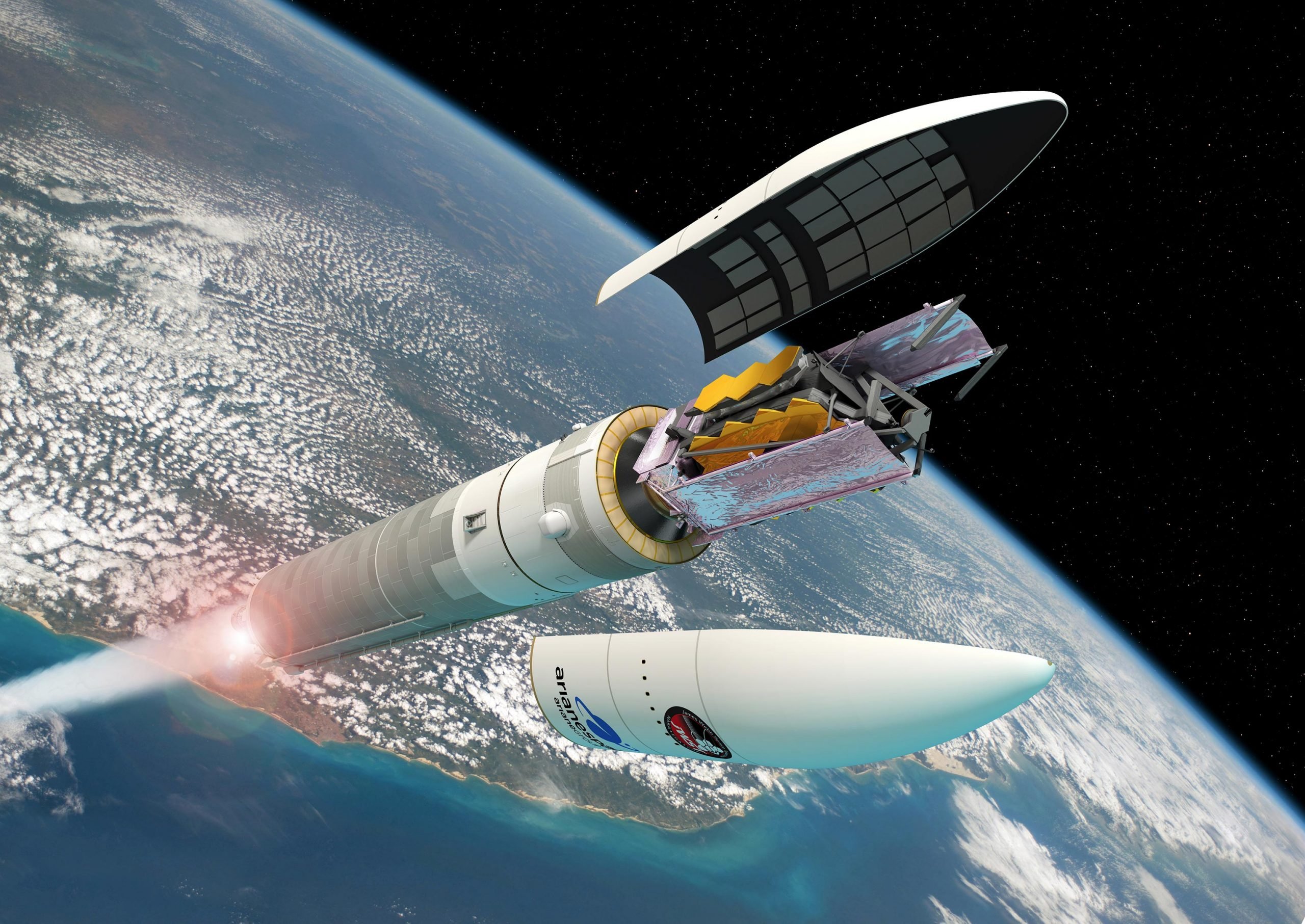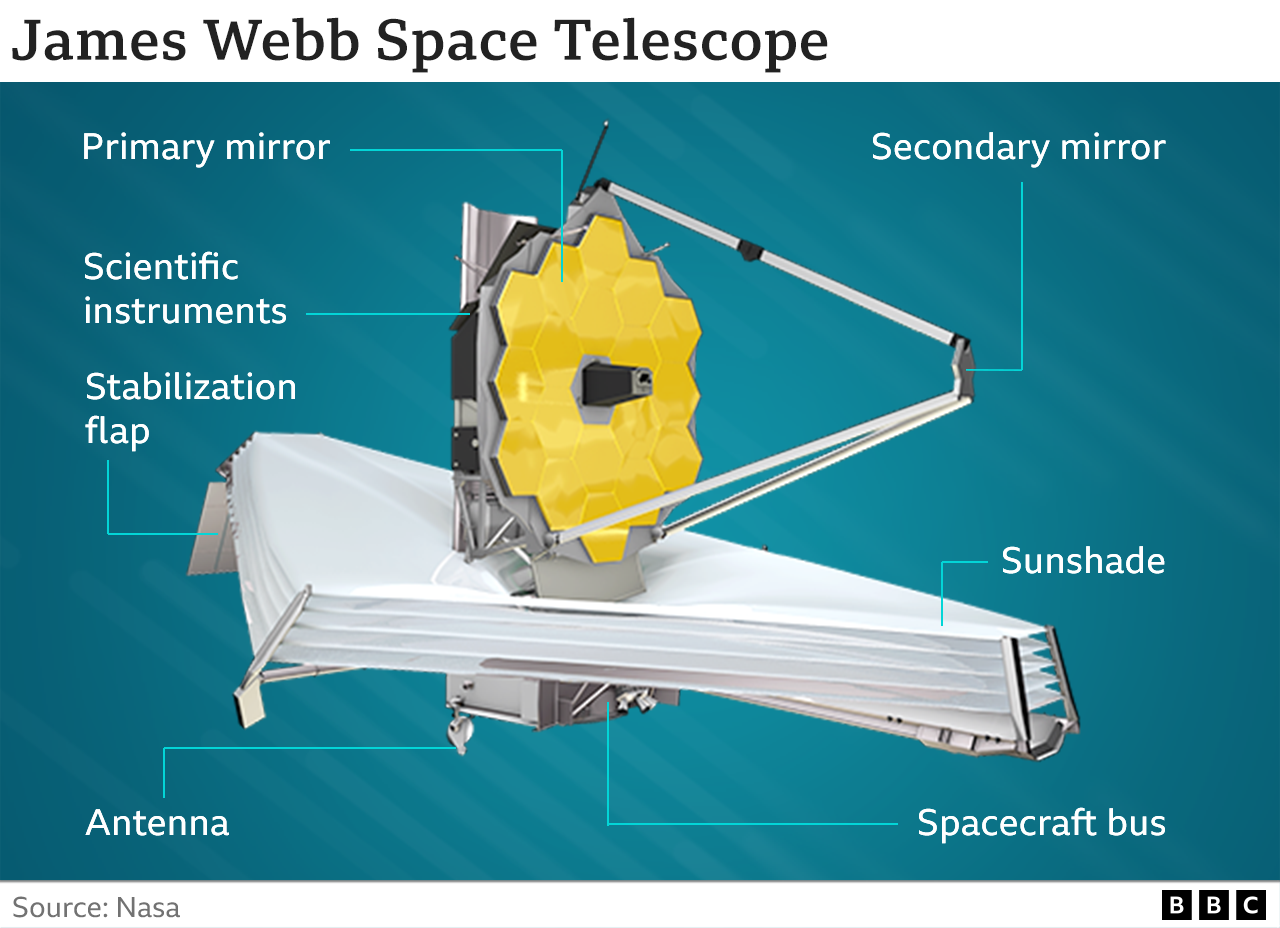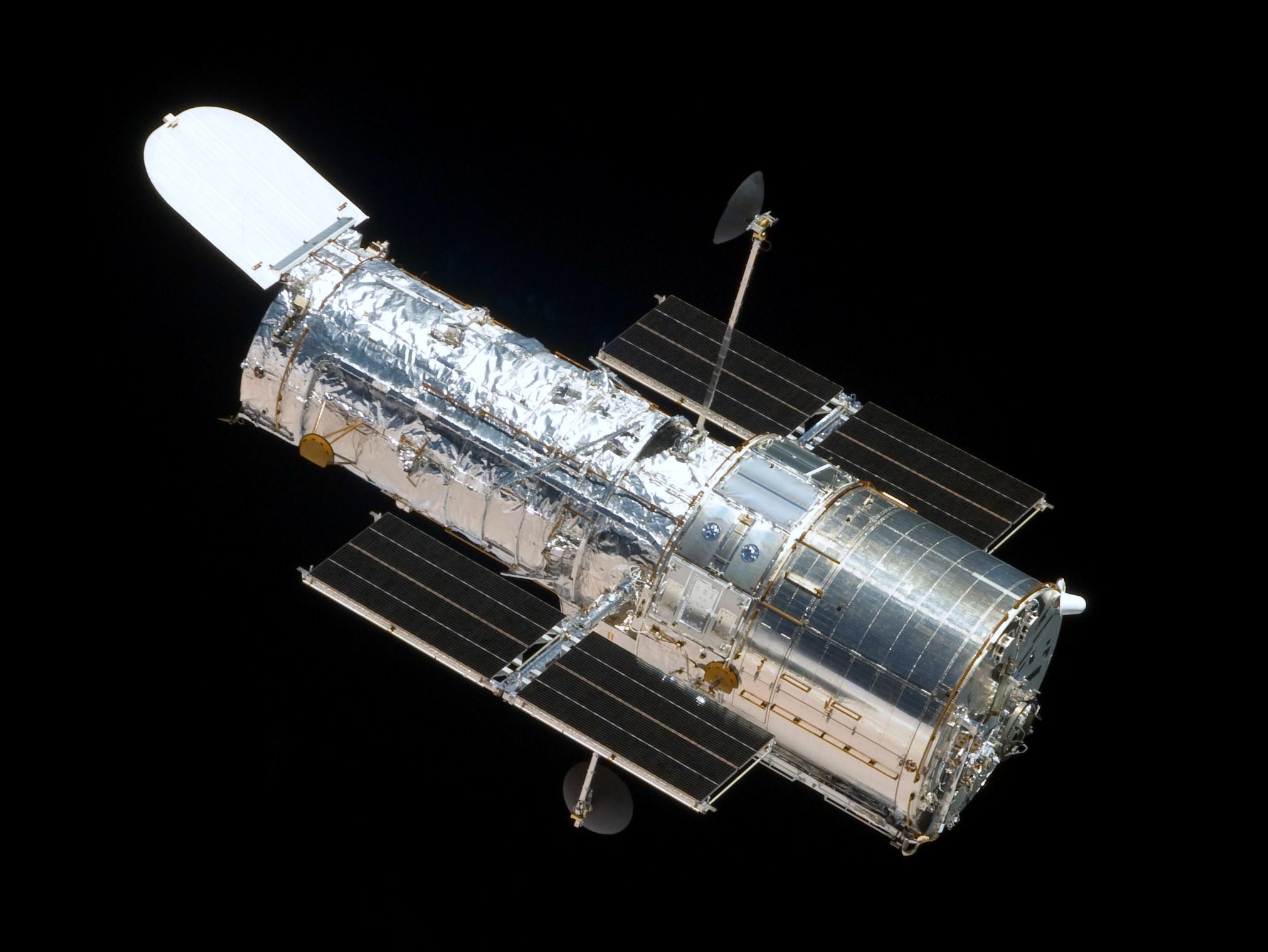James Webb Space Telescope: The telescope that is set to *replace* Hubble at the 1st spot! #jwst #spacetelescope
James Webb Space TelescopeIntroducing the gamechanger in the field of observational astronomy
Ahhhh! I'm losing my mind over the launch of the famed James Webb Space Telescope 🔭 that is scheduled to launch no earlier than Christmas Day 2021 aboard the European Space Agency's [ESA's] Ariane 5 rocket!
A view of the JWST
Image credit: The Verge
Is there anything more exciting and frustrating and nerve wracking than this?! 😰🤗
The launch has already been postponed countless times before, and I can't believe that it is finally happening! 🥳
The JWST folded inside the Ariane 5 rocket
Image credit: scitechdaily.com
But, let us first address some important questions.
- What is the James Webb Space Telescope?
The logo of the JWST mission
Image credit: nasa.gov
The James Webb space telescope is exactly what it sounds like- it is a telescope hovering in space, so that it can collect light from the universe and conduct observations of stars, planets and entire galaxies far away, tucked in the depths of space.
It has been jointly developed by NASA, ESA and CSA (Canadian Space Agency) taking more than a decade to complete and 10 billion USD in total monetary investment, [including a lot of emotional investment on the part of the scientists and technicians working on this!]
- A telescope? In space?! But why do we want to have telescopes in space?
Well, a telescope in space has a few key advantages: it doesn't suffer from inaccurate or delayed observations due to atmospheric turbulence or light pollution, and doesn't track a lot of dirt or noise [unwanted light or radiation hitting the objective of telescopes] and will also have a greater wavelength spectrum [because the light of longer wavelengths - the reds and oranges - wouldn't be filtered by the oxygen and nitrogen molecules in the atmosphere]. This makes them very useful for observational astronomy.
An artistic rendition of JWST in space
Image credit: theconversation.com
- How is it different from other space telescopes though? Why is the JWST so important?
JWST will be MUCH more powerful than the Hubble Space Telescope- its primary mirror or objective can collect 6 times more light than the Hubble Space Telescope!
The 18 hexagonal mirror-segments that make up the primary mirror or objective are made of gold-plated beryllium and are 1.32m in length! The gold plating is very thin- the total gold adding up to 48 g- or two AA batteries held in the palm of your hand! The gold was chosen for its inert and unreactive nature, and also because it reflects infrared light very well. The beryllium ensures that the mirror remains both strong and light-weight.
The whole objective is 6.5m wide. The telescope is much lighter than Hubble though, weighing 6161.4 kg.
Unlike Hubble, JWST is an infrared telescope, which does have some problems concerning temperature, [the telescope has to be cooled down to a temperature of -230℃] but it will be a huge deal for the advancement of infrared astronomy. 😁
The 18 hexagonal mirror-segments that make up the primary mirror or objective are made of gold-plated beryllium and are 1.32m in length! The gold plating is very thin- the total gold adding up to 48 g- or two AA batteries held in the palm of your hand! The gold was chosen for its inert and unreactive nature, and also because it reflects infrared light very well. The beryllium ensures that the mirror remains both strong and light-weight.
The whole objective is 6.5m wide. The telescope is much lighter than Hubble though, weighing 6161.4 kg.
Unlike Hubble, JWST is an infrared telescope, which does have some problems concerning temperature, [the telescope has to be cooled down to a temperature of -230℃] but it will be a huge deal for the advancement of infrared astronomy. 😁
The lifetime of JWST however, is only 10 years as compared to Hubble's 31. But, we can do a lot of science even in that period of time, right?
Parts of the JWST
Image credit: BBC
Hubble Space Telescope
Image credit: wikipedia.org
- So, what will the JWST tell us? What new secrets will it help us unlock? What is it useful for?
JWST has four main goals:
- It will help us understand the origins of life by taking a closer look at extraterrestrial worlds
- It will help us understand the formation of solar systems, the evolution of stars and planets
- It will help us understand the formation and evolution of galaxies
- It will search for the first light of the universe that flashed soon after the Big Bang 🤩
- Orbit
JWST will be located near the second Lagrange point (L2) of the Earth-Sun system, which is 1,500,000 km from Earth, directly opposite the Sun. A Lagrange point is basically a stable point with no gravitational pull, so JWST would almost be floating around the vicinity of this point in space, in its orbit around the Sun.
I don't know about you guys, but I would be screaming at the TV like a complete lunatic and hold my breath as the rocket carrying this phenomenal telescope climbs the sky 🚀
Fingers crossed 🤞
I don't know about you guys, but I would be screaming at the TV like a complete lunatic and hold my breath as the rocket carrying this phenomenal telescope climbs the sky 🚀
Fingers crossed 🤞
- Additional resources
- Watch the official NASA broadcast of JWST's launch
- Google's 3D model of JWST
- Official website of the JWST






Comments
Post a Comment